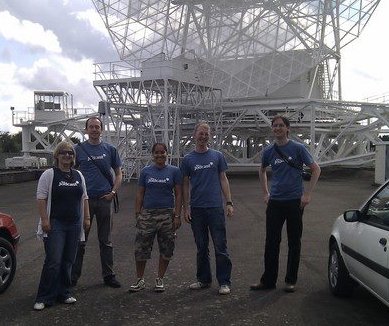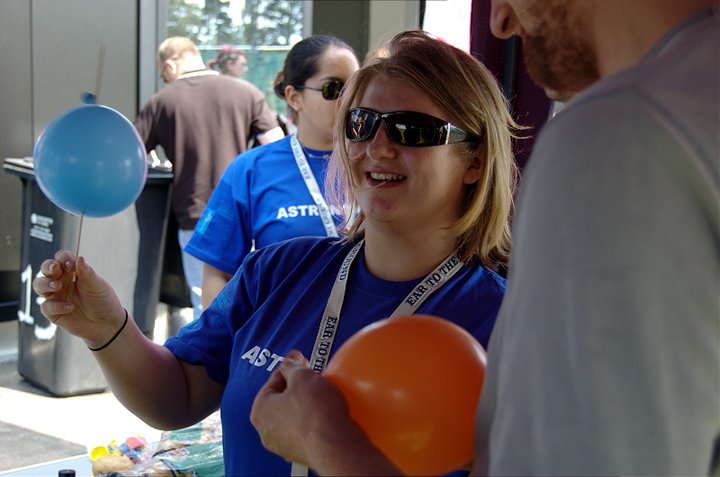ORCID: 0000-0003-4870-5547
2021
Infrared variable stars in the compact elliptical galaxy M32 (arXiv)
Jones, Nally, Sharp, McDonald, Boyer, Meixner, Kemper, Ferguson, Goldman, Rich, 2021, MNRAS, 504, 565
2020
Dusty Stellar Birth and Death in the Metal-poor Galaxy NGC 6822 (arXiv)
Hirschauer, Gray, Meixner, Jones, Srinivasan, Boyer, Sargent, 2020, ApJ, 892, 91
2019
An Infrared Census of DUST in Nearby Galaxies with Spitzer (DUSTiNGS). V. The Period-Luminosity Relation for Dusty Metal-poor AGB Stars (arXiv)
Goldman, Boyer, McQuinn, Whitelock, McDonald, van Loon, Skillman, Gehrz, Javadi, Sloan, Jones, Groenewegen, Menzies, 2019, MNRAS, 877, 49
Evolved stars in the Local Group galaxies - III. AGB and RSG stars in Sextans A (arXiv)
Dell'Agli, Di Criscienzo, García-Hernández, Ventura, Limongi, Marini, Jones, 2019, MNRAS, 482, 4733
2018
2017
The star-forming complex LMC-N79 as a future rival to 30 Doradus (arXiv)
Ochsendorf, Zinnecker, Nayak, Bally, Meixner, Jones, Indebetouw, Rahman, 2017, Nature Ast., 1, 268
2016
2015
A Spitzer Space Telescope survey of extreme Asymptotic Giant Branch stars in M32 (arXiv)
Jones, McDonald, Rich, Kemper, Boyer, Zijlstra, Bendo, 2015, MNRAS, 446, 1584
2014
2013
2012
Carbon enrichment of the evolved stars in the Sagittarius dwarf spheroidal (arXiv)
McDonald, White, Zijlstra, Guzman Ramirez, Szyszka, van Loon, Lagadec, Jones, 2012, MNRAS,427,2647
On the metallicity dependence of crystalline silicates in oxygen-rich asymptotic giant branch stars and red supergiants (arXiv)
Jones, Kemper, Sargent, McDonald, Gielen, Woods, Sloan, Boyer, Zijlstra, Clayton, Kraemer, Srinivasan, Ruffle, 2012, MNRAS, 427, 3209
2011
The SAGE-Spec Spitzer Legacy program: The life-cycle of dust and gas in the Large Magellanic Cloud. Point source classification I. (arXiv)
Woods, Oliveira, Kemper, van Loon, Sargent, Matsuura, Szczerba, Volk, Zijlstra, Sloan, Lagadec, McDonald, Jones, et al., 2011, MNRAS, 411, 1597
2010
The SAGE-Spec Spitzer Legacy Program: The Life Cycle of Dust and Gas in the Large Magellanic Cloud (arXiv)
Kemper, Woods, Antoniou, Bernard, Blum, Boyer, Chan, Chen, Cohen, Dijkstra, Engelbracht, Galametz, Galliano, Gielen, Gordon, Gorjian, Harris, Hony, Hora, Indebetouw, Jones, et al., 2010, PASP, 122, 683
Alumina-Silicate Model Grid
If you wish to use the grid of Alumina and silicate models for oxygen-rich evolved stars published in Jones et al. 2014 please drop me an email. The grid, generated using the Modust radiative transfer code, samples a range of stellar and dust shell parameters and is optimized for oxygen-rich dusty evolved stars. This grid is best used to investigate the dust composition as a function of the dust-production rate.


Follow Me:
If you wish to hear some of my musings in 140 characters you can do so via: